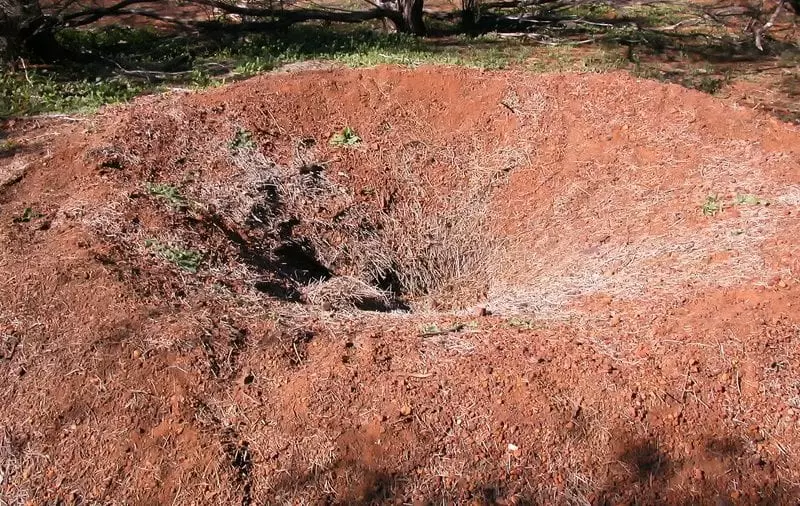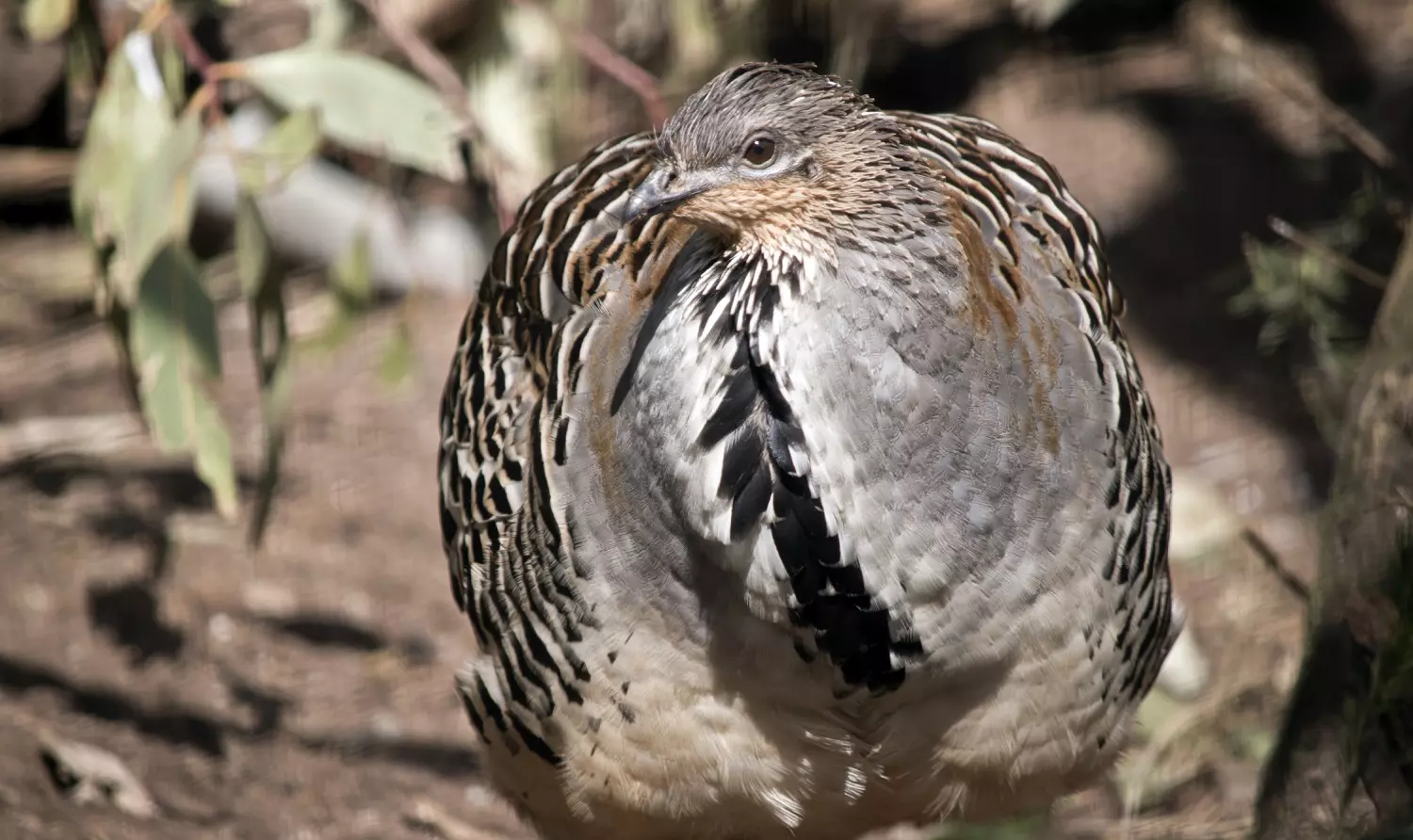Instinct is knowledge which is programmed into an animal before birth. People have studied evolution for years, but have failed to explain how animal instincts could have evolved. For me, it is much easier to accept that a greater intelligence must have programmed the knowledge into certain animals to help them survive.
The Mallee Fowl of Australia is a great example of animal instincts.
This bird is about the size of a chicken and in the fall of each year the male begins to dig a hole about three feet deep. When the hole is dug, he piles leaves into the pit. After each rain he covers the layer of leaves with sand to seal in the moisture. This mound can be 30 feet across and 10 feet high. He will move as much as 5,000 pounds of material to build his mound!
As the leaves rot the pile warms up and produces a perfect egg incubator. It may take 3 months for the mound to reach the perfect temperature of 92 degrees.
How does this bird know when the mound reaches this perfect temperature? God has given him a heat-sensitive beak and tongue which he sticks into the mound to gauge the temperature. When it is warm enough, the male will dig a hole in the mound so that the female can lay from 6 to 30 eggs. The male will then cover the eggs with sand and begin his long solitary watch. 
Keeping the eggs at a steady temperature is his main concern. He constantly checks the mound with his beak to make sure the eggs are not too cold or too warm. If the nest grows too warm because of the rotting leaves under the eggs, he removes sand from over the eggs, cooling the nest down. If it is the sun heating up the nest too much, he will add sand to insulate it better.
Amazingly, the Mallee Fowl can keep the temperature of the nest to within 1 degree during the nine weeks it takes until the eggs hatch.
After hatching, each chick will have to dig its way to the surface of the mound where it then finds some shade to recover its strength. Still, just 24 hours after hatching these young birds can fly! The baby birds have no contact with their parents, living entirely on their own as soon as they leave the mound.
The Mallee Fowl takes two years to fully mature, and then the male will find a mate and starts building his own nest. Without ever apprenticing with his dad, he will
- know when to build a mound,
- how to build a mound,
- and that he has a heat sensitive bill and tongue in which to gauge the temperature of the mound.
He will know what temperature the eggs need to be at and how to keep that temperature constant. He will know this not by watching his father do it, but by a knowledge put there by a Creator God and by what we call animal instincts.
How many are your works, Lord! In wisdom you made them all; the earth
is full of your creatures.
Psalm 104:24






